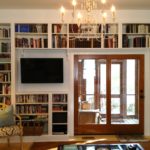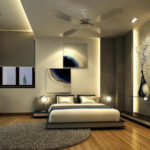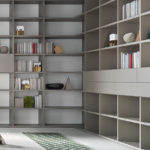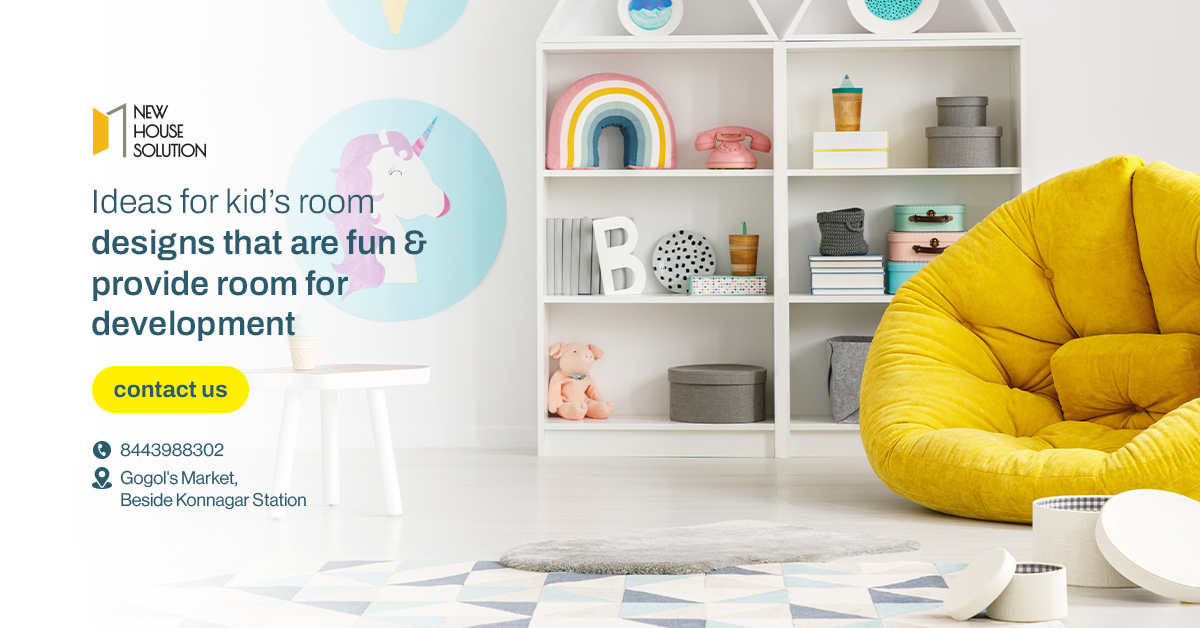Designing a Kid’s Room That Is Both Fun and Provides Room for Development
Designing a kid’s room that is both fun and provides room for development involves creating a space that is both engaging and functional. Here are some creative ideas to achieve this balance:
- Colorful and Stimulating Walls:
- Use bright and playful colors on the walls to create an energetic atmosphere. Consider a mix of bold and pastel shades.
- Incorporate chalkboard or magnetic paint on one wall to encourage creativity and learning.
- Interactive Wall Murals:
- Install interactive wall murals like a world map, alphabet, or solar system. This can be both educational and visually appealing.
- Modular and Versatile Furniture:
- Choose modular furniture that can adapt as your child grows. For example, bunk beds with a desk or storage underneath, or a loft bed with a play area below.
- Use furniture that includes storage solutions to keep the room organized.
- Reading Nook:
- Create a cozy reading nook with a comfortable chair or bean bags and a well-stocked bookshelf. Encouraging reading from an early age is essential for development.
- Learning and Art Center:
- Designate an area for arts and crafts, complete with a table, art supplies, and a corkboard to display artwork.
- Incorporate educational posters or charts on the wall, such as the periodic table, multiplication tables, or the alphabet.
- Sensory Play Area:
- Include sensory elements like a sensory table filled with sand, water, or sensory bins. These activities promote sensory development.
- Use soft rugs and textures to stimulate touch and explore tactile sensations.
- Themed Decor:
- Choose a theme that aligns with your child’s interests, whether it’s space, animals, sports, or nature. Themed decor can make the room more engaging.
- Consider wall decals, bedding, and accessories that fit the chosen theme.
- Interactive Technology:
- Incorporate educational technology like interactive whiteboards or tablets with educational apps and games.
- Ensure that the technology is age-appropriate and promotes learning.
- Indoor Climbing Wall or Playhouse:
- If space allows, create a climbing wall or indoor playhouse. These encourage physical activity and motor skill development.
- Ensure safety measures are in place, including crash mats and soft flooring.
- Growth Chart Wall:
- Create a wall with a growth chart to measure your child’s height over the years. It’s a fun and interactive way to track their development.
- Personalization:
- Involve your child in the design process and incorporate their favorite colors, characters, or hobbies into the room’s decor.
- Display their artwork and achievements on a dedicated wall or board.
- Functional Organization:
- Use storage bins, cubbies, and shelves to keep toys and belongings organized. Teach your child the importance of tidiness and responsibility.
- Nature-Inspired Elements:
- Bring nature indoors with elements like plant shelves, nature-themed wallpaper, or animal-themed decor. Nature can inspire curiosity and learning.
- Playful Lighting:
- Install whimsical and themed lighting fixtures that add character to the room.
- Consider glow-in-the-dark stars on the ceiling for a dreamy bedtime experience.
- Safe and Comfortable Flooring:
- Choose soft and safe flooring options like foam mats or area rugs to prevent injuries during playtime.
Remember that a child’s room should evolve as they grow, so be prepared to adapt the design and decor to their changing interests and needs. It’s important to create a space that encourages both play and learning while providing a sense of comfort and security for your child.










